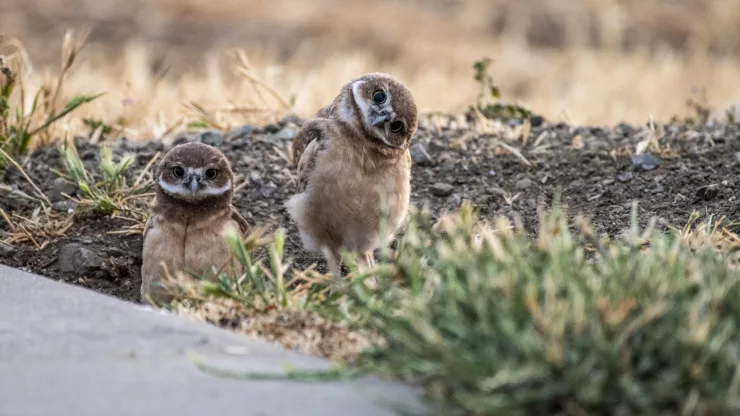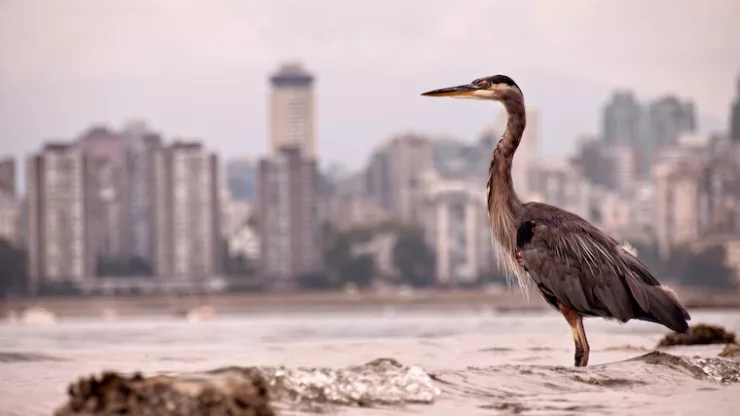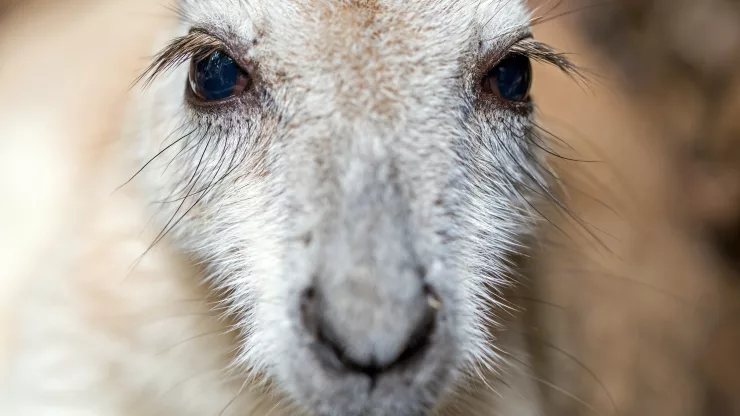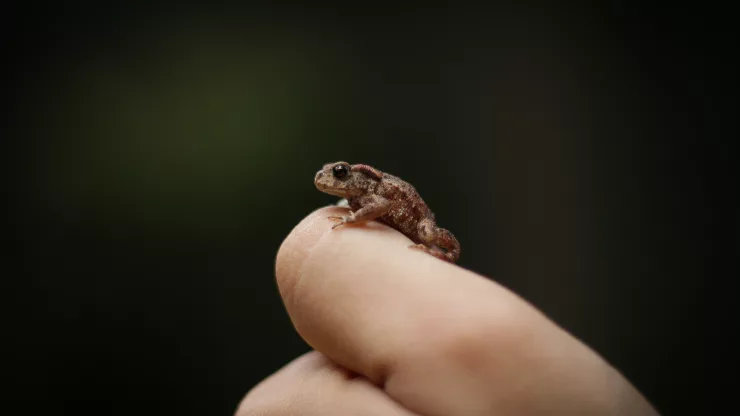Seagulls have long been associated with the ocean and the coast, but in recent years, these birds have become a common sight in urban areas.
While some might consider them pests, urban seagulls are fascinating creatures that have adapted to survive in a world dominated by humans.
In this article, we’ll explore the rise of urban seagulls, their habitat and diet, their adaptations, their impact on urban ecosystems, and how we can manage their populations while balancing conservation and public health concerns.
Jump to Section
Understanding the Rise of Urban Seagulls
Seagulls have always been attracted to coastal areas, where they can find food and shelter. However, the rise of urban seagulls can be attributed to several factors, including:
- The expansion of coastal cities and the resulting loss of natural habitats for seagulls
- The abundance of food in urban areas, including discarded fast food and other human waste
- The lack of natural predators in urban environments
As a result, seagulls have adapted to urban life and have even thrived in some cases.
The Urban Seagull’s Habitat
Coastal Cities: A Haven for Seagulls
Seagulls are found in almost every coastal city, from New York to Sydney.
They are highly adaptable birds that can thrive in a variety of environments, including urban areas.
In fact, some seagull populations have even grown larger in cities than in their natural habitats.
| City | Seagull Population |
|---|---|
| New York | 10,000-20,000 |
| London | 20,000-30,000 |
| Sydney | 15,000-20,000 |
Seagulls typically nest on roofs, cliffs, and other high places, where they can keep an eye on their surroundings.
They also roost on buildings, piers, and other structures in coastal cities.
The Urban Seagull’s Diet
From Fish to Fast Food: What Seagulls Eat in the City
Seagulls are opportunistic feeders that will eat almost anything they can find. In coastal cities, they have a wide variety of food sources, including:
- Fish and shellfish from fishing boats and seafood markets
- Discarded fast food and other human waste
- Insects, rodents, and other small animals
In fact, seagulls in urban areas have been known to steal food from people’s hands or even from outdoor cafes.
| Food Source | Percentage of Diet |
|---|---|
| Fish and Shellfish | 25% |
| Fast Food and Human Waste | 50% |
| Insects and Rodents | 25% |
The Urban Seagull’s Adaptations
Surviving in the Concrete Jungle: How Seagulls Adapt to Urban Life
Seagulls have adapted to urban life in several ways, including:
- Changing their feeding habits to take advantage of human food sources
- Nesting and roosting on buildings and other structures
- Becoming less afraid of humans and even aggressive in some cases
Seagulls have also been known to use tools, such as dropping shells or rocks onto hard surfaces to break them open and access the food inside.
The Urban Seagull’s Impact
Friend or Foe: The Role of Seagulls in Urban Ecosystems
Seagulls have both positive and negative impacts on urban ecosystems. On the one hand, they help control rodent populations and contribute to nutrient cycling.
On the other hand, they can damage buildings and other structures, spread disease, and be a nuisance to humans.
| Positive Impacts | Negative Impacts |
|---|---|
| Control Rodent Populations | Damage Buildings and Other Structures |
| Contribute to Nutrient Cycling | Spread Disease |
| Nuisance to Humans |
Managing Urban Seagulls
Balancing Conservation and Public Health Concerns
To manage urban seagulls, we need to balance conservation goals with public health concerns. Some methods for population control include:
Methods for Population Control
- Egg and nest removal programs
- Avian contraception
- Culling programs (though this is controversial and not recommended)
Encouraging Responsible Human Behavior
- Proper disposal of food waste and other human waste
- Covering trash cans and dumpsters
- Discouraging feeding of seagulls
By taking a proactive approach to managing urban seagulls, we can ensure that these coastal survivors continue to thrive while minimizing their impact on humans.
Coexisting with these Coastal Survivors
The Future of Urban Seagulls: Coexisting with these Coastal Survivors.
Urban seagulls are here to stay, and as coastal cities continue to grow, their populations are likely to increase.
By understanding their adaptations and impacts, we can find ways to coexist with these fascinating creatures and appreciate the role they play in our urban ecosystems.
FAQ
What do urban seagulls eat?
Urban seagulls eat a wide variety of food sources, including fish and shellfish, discarded fast food and other human waste, and insects and rodents.
Are seagulls aggressive towards humans?
Seagulls are generally not aggressive towards humans, but they can become aggressive if they feel threatened or if they associate humans with food.
How can we manage urban seagull populations?
Methods for managing urban seagull populations include egg and nest removal programs, avian contraception, and encouraging responsible human behavior, such as proper disposal of food waste and discouraging feeding of seagulls.
I’m a nature enthusiast and creator of Metro Wilds and have spent years exploring the great outdoors.
With a passion for environmental conservation and sustainability, I have dedicated my career to writing about the beauty and wonders of nature, as well as the threats facing our planet.
Contact me at [email protected] for assistance.





